Construction has topped out on the tallest building at 420 Carroll Street, a two-tower residential complex in Gowanus, Brooklyn. Designed by FXCollaborative and developed by Domain Companies, the project consists of a 20-story, 224-foot-tall tower and 15-story sibling and will yield 360 units with 25 percent reserved for affordable housing, as well as 27,500 square feet of retail space, 7,700 square feet of “Gowanus Mix” space pursuant to the 82-block rezoning of the district, and a new public promenade along the Gowanus Canal. Studio Mainer is the interior designer, Scape is the landscape architect, and Mega Contracting Group is the general contractor for the development, which is rising from a trapezoidal plot bound by Carroll Street to the north, the Powerhouse Arts building and its parking lot to the south, and the Gowanus Canal to the west.
Photographs from last weekend show the reinforced concrete superstructures closing in on their final stories. Based on the pace of progress, topping out of the shorter sibling will likely occur by early June. Façade installation has yet to commence on either building, though metal stud frames are slowly enclosing the towers in preparation for the start of envelope work. King Contracting Group is in charge of installing the CMU, EIFS, and stone facade.
420 Carroll Street currently stands as the tallest building in the neighborhood, which is undergoing a dramatic transformation following its rezoning in November of 2021.
The updated rendering in the main photo previews the development looking northeast. The taller structure will rise from a podium with a landscaped terrace and feature a grid of white paneling framing floor-to-ceiling windows. The shorter building incorporates a similar fenestration texture, albeit with darker-hued façade panels, and features numerous terrace spaces across its setbacks and atop its flat parapet. The most notable design element is the inclusion of what appears to be a stained glass water tower, like the famous art installation atop the roof of 20 Jay Street in DUMBO, on an upper setback of 420 Carroll Street’s taller tower.
The complex will also feature a gently sloped boardwalk lined with wooden railings that wraps around the southwestern corner of the property. Further inland are new trees and landscaping, ADA-accessible ramps, stone seating, multi-tiered lawns, and retail frontage nestled between the buildings.
Residential amenities will include coworking space, a lounge, multiple outdoor spaces, a fitness center, a children’s playroom, and bike storage. The nearest subway is the R train at the Union Street station to the east along 4th Avenue.
420 Carroll Street is aiming for LEED Platinum certification and is anticipated to be completed in the spring of 2025, as noted on site.
Subscribe to YIMBY’s daily e-mail
Follow YIMBYgram for real-time photo updates
Like YIMBY on Facebook
Follow YIMBY’s Twitter for the latest in YIMBYnews

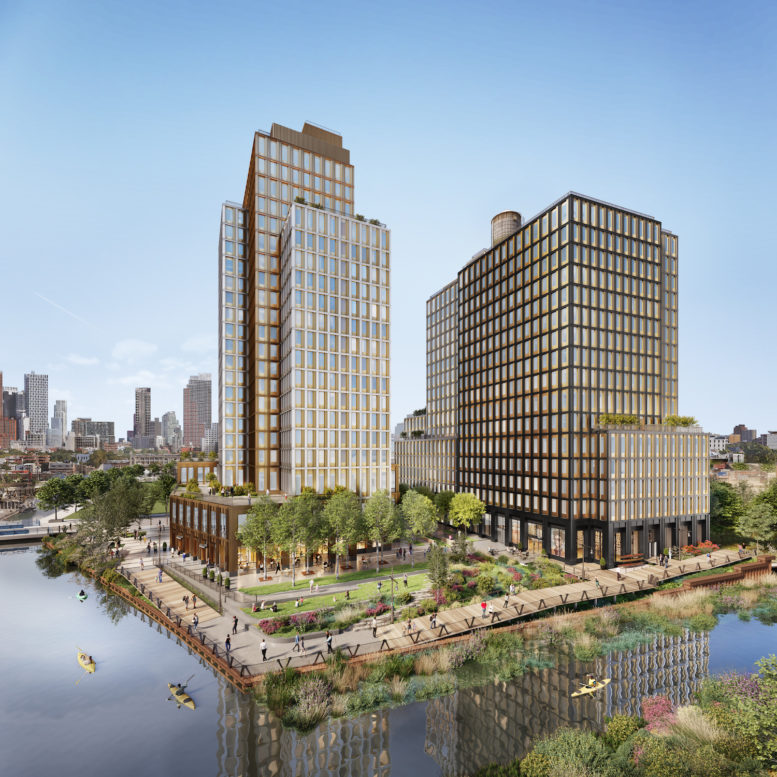



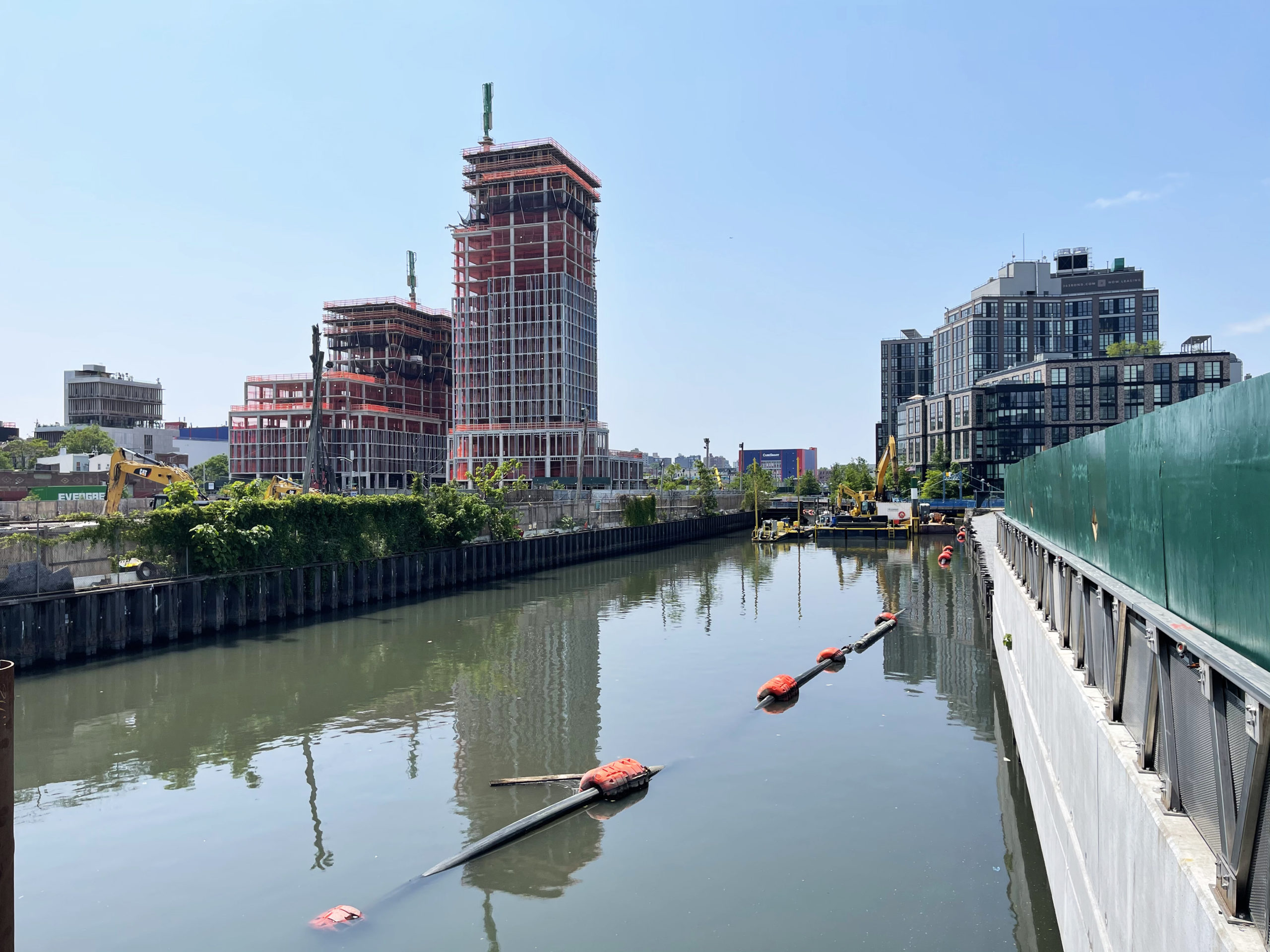
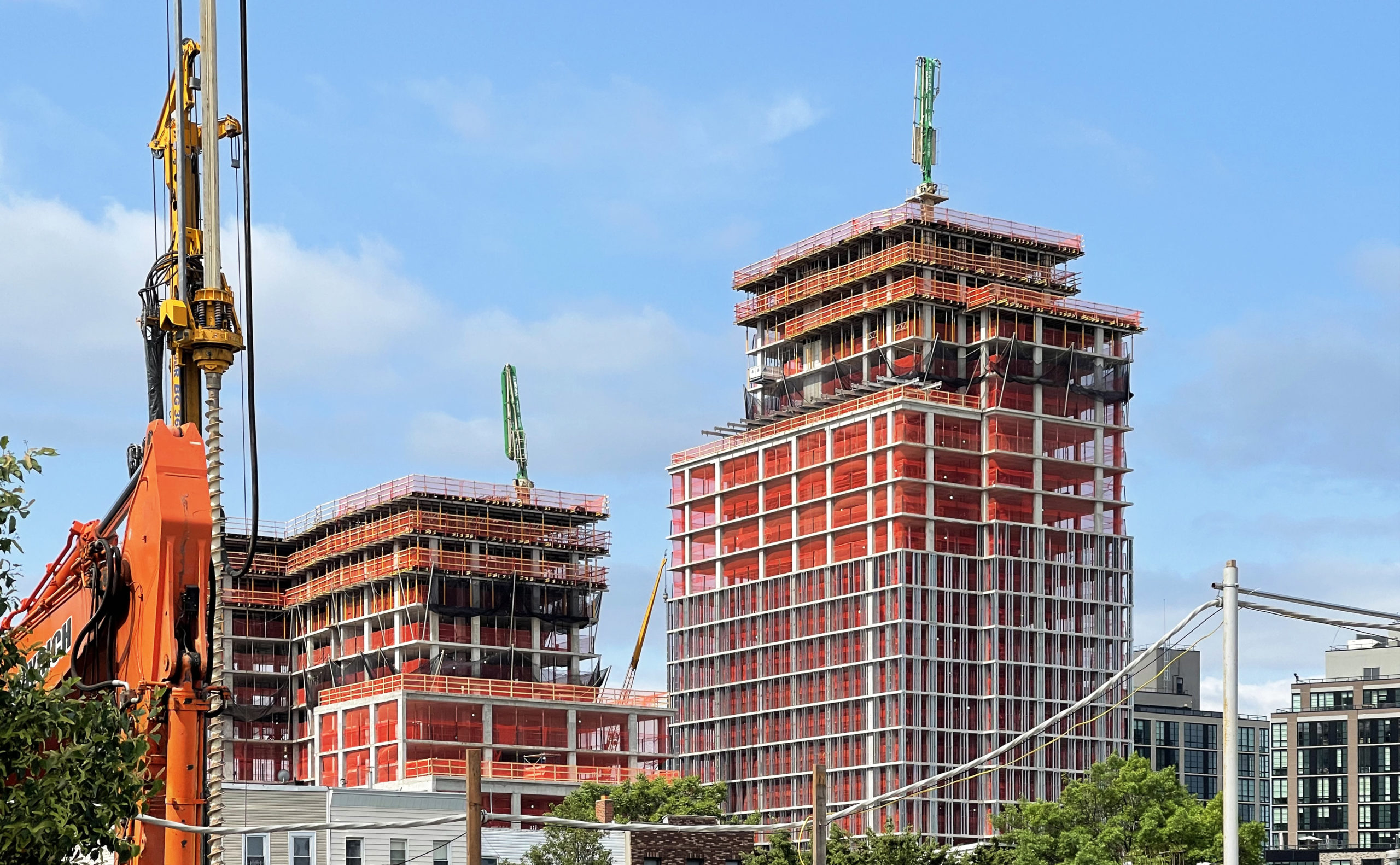
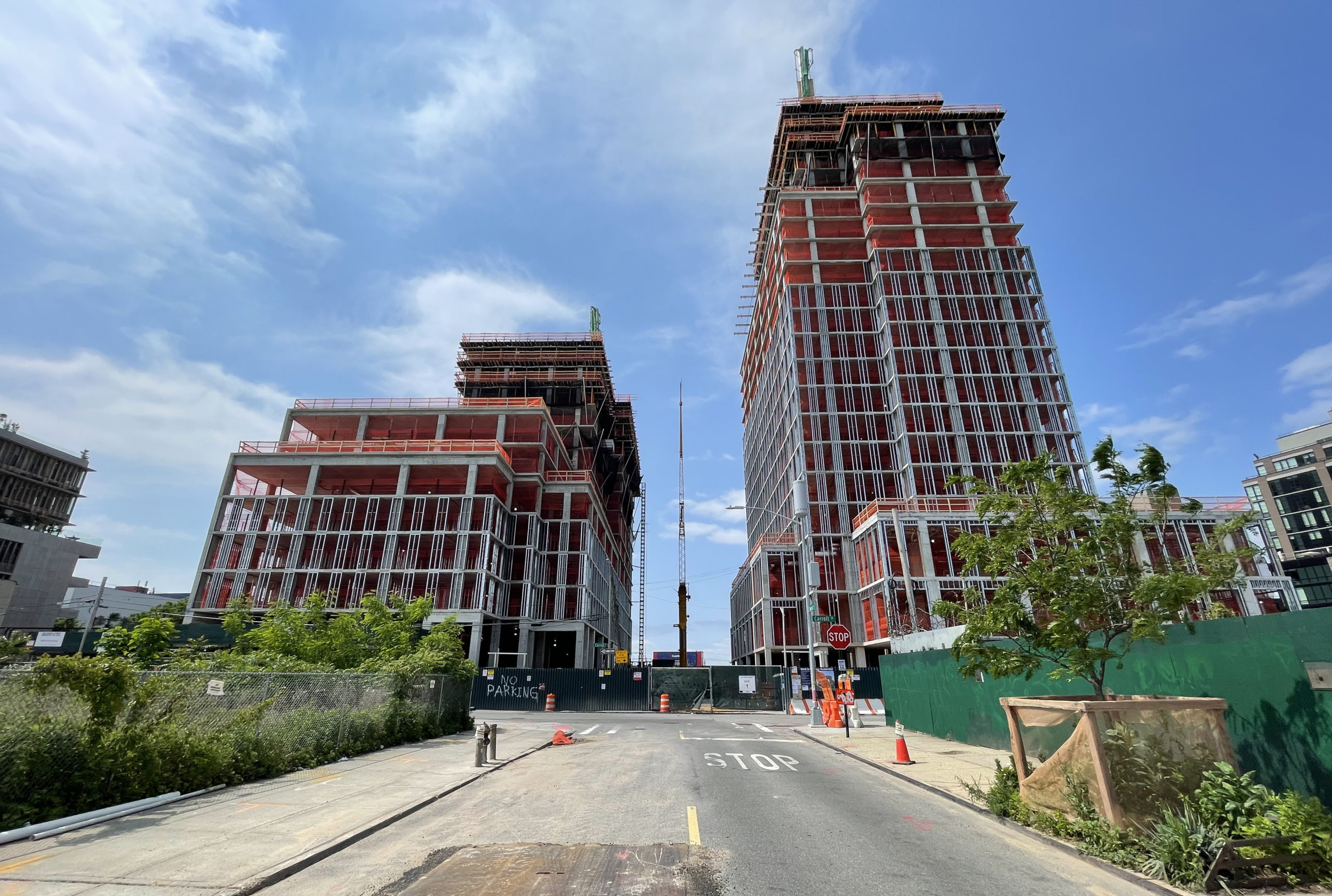
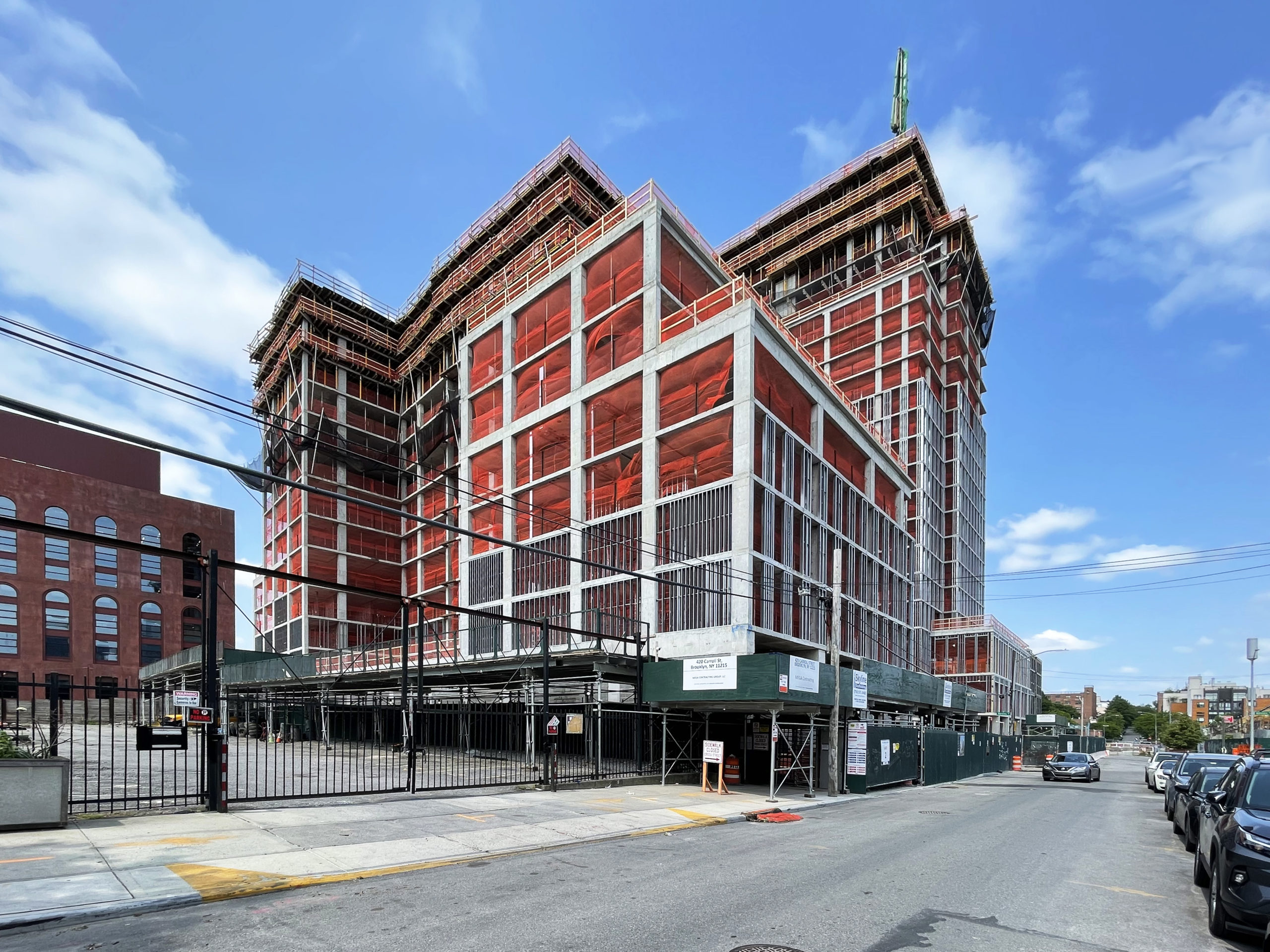
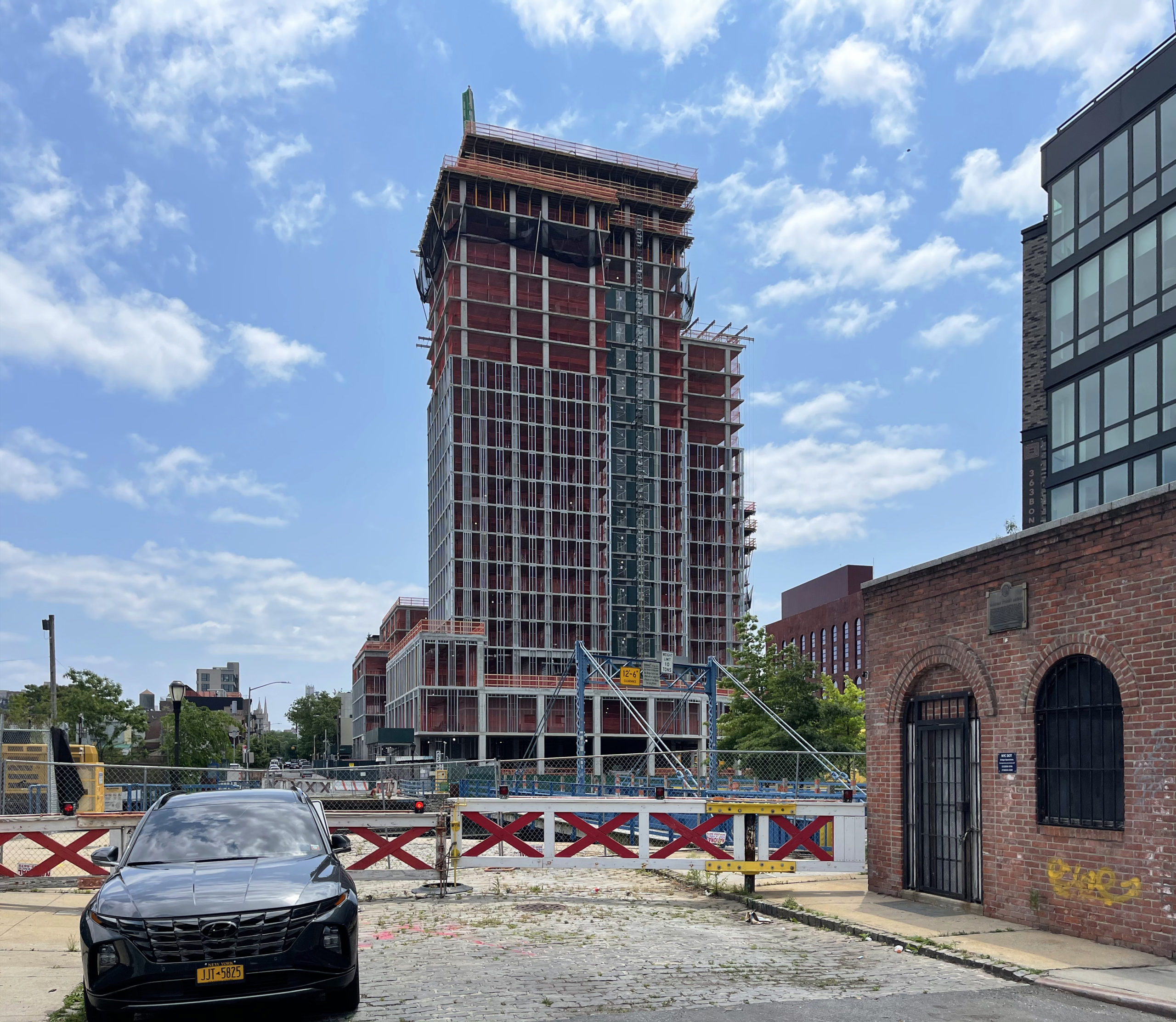
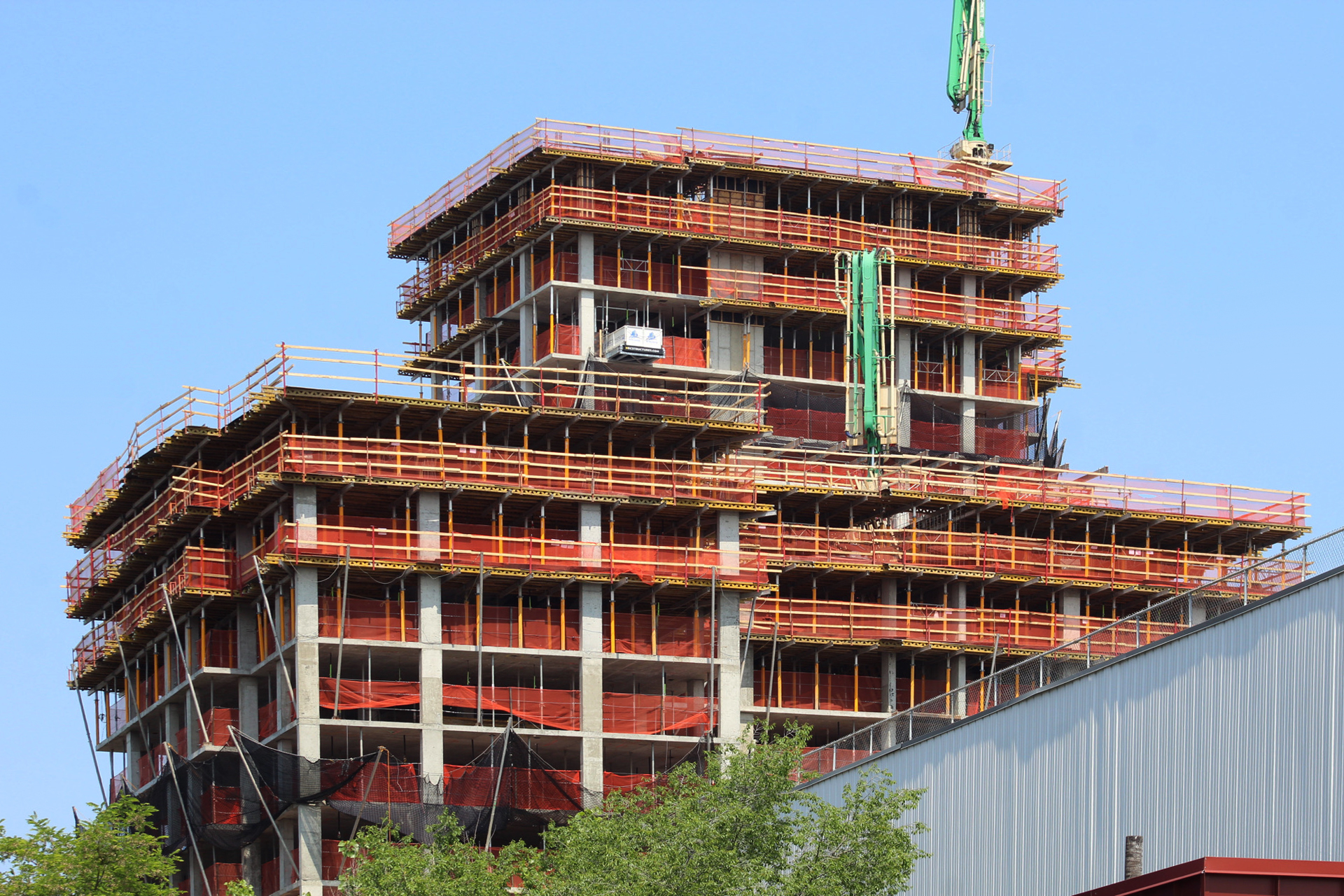
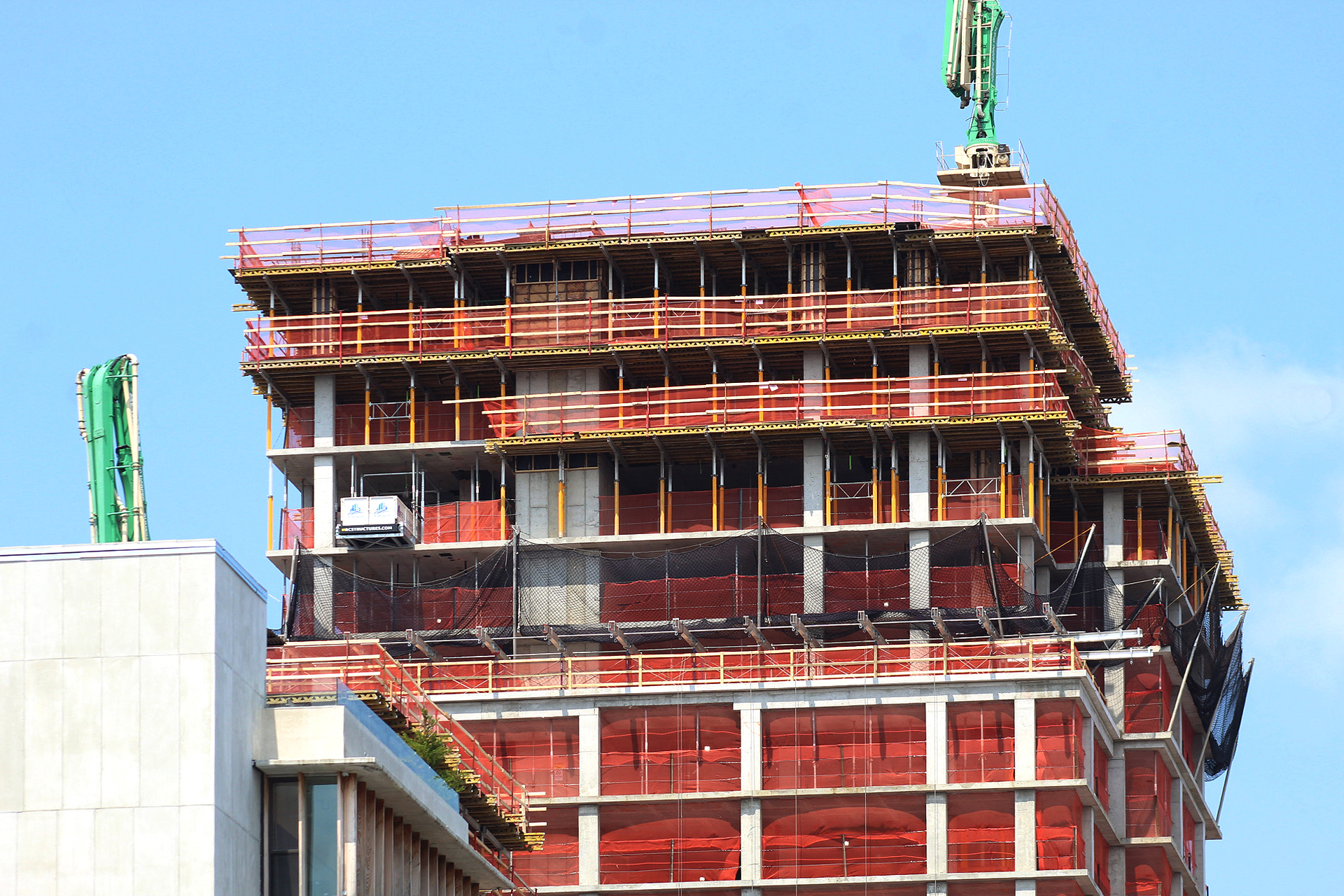
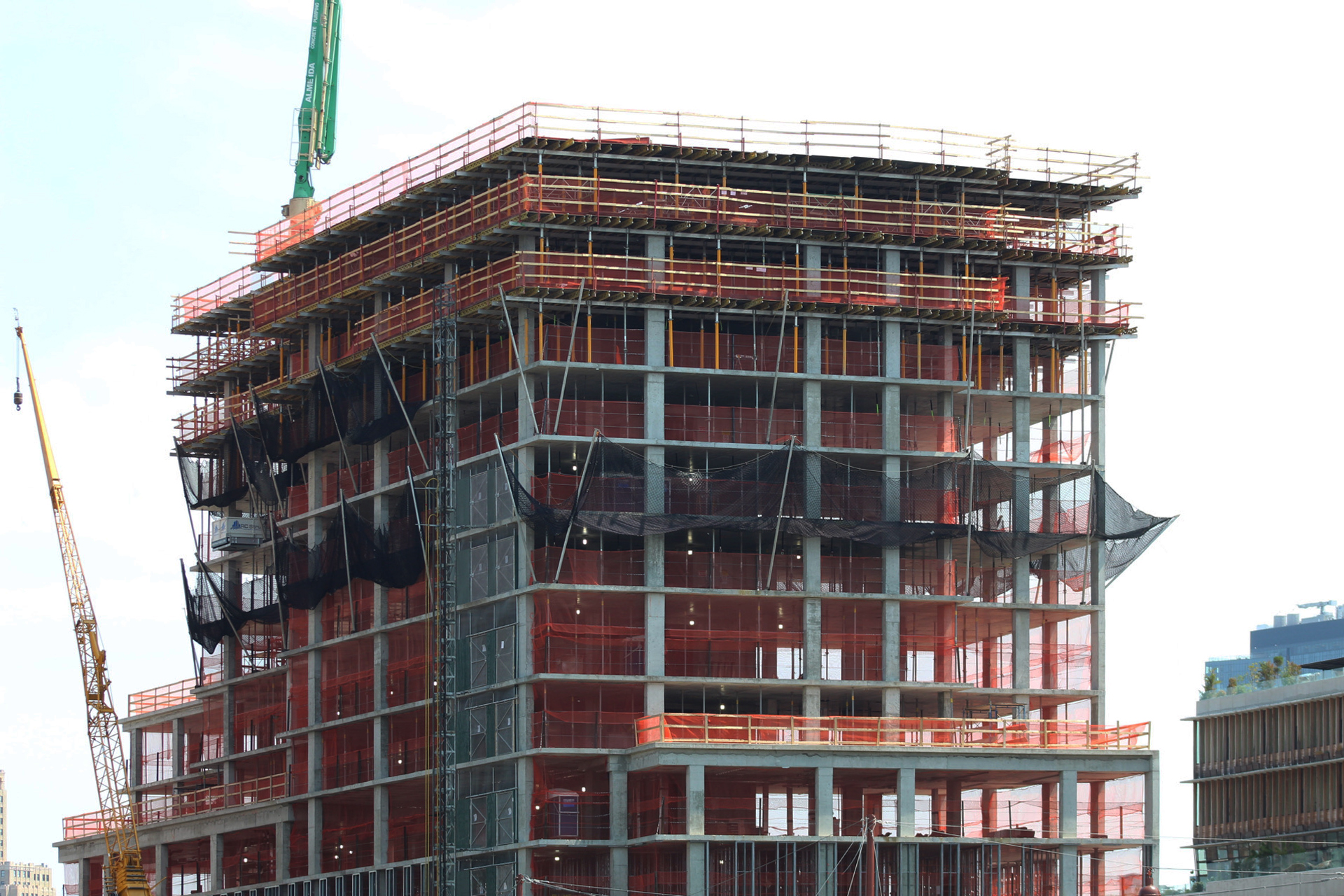
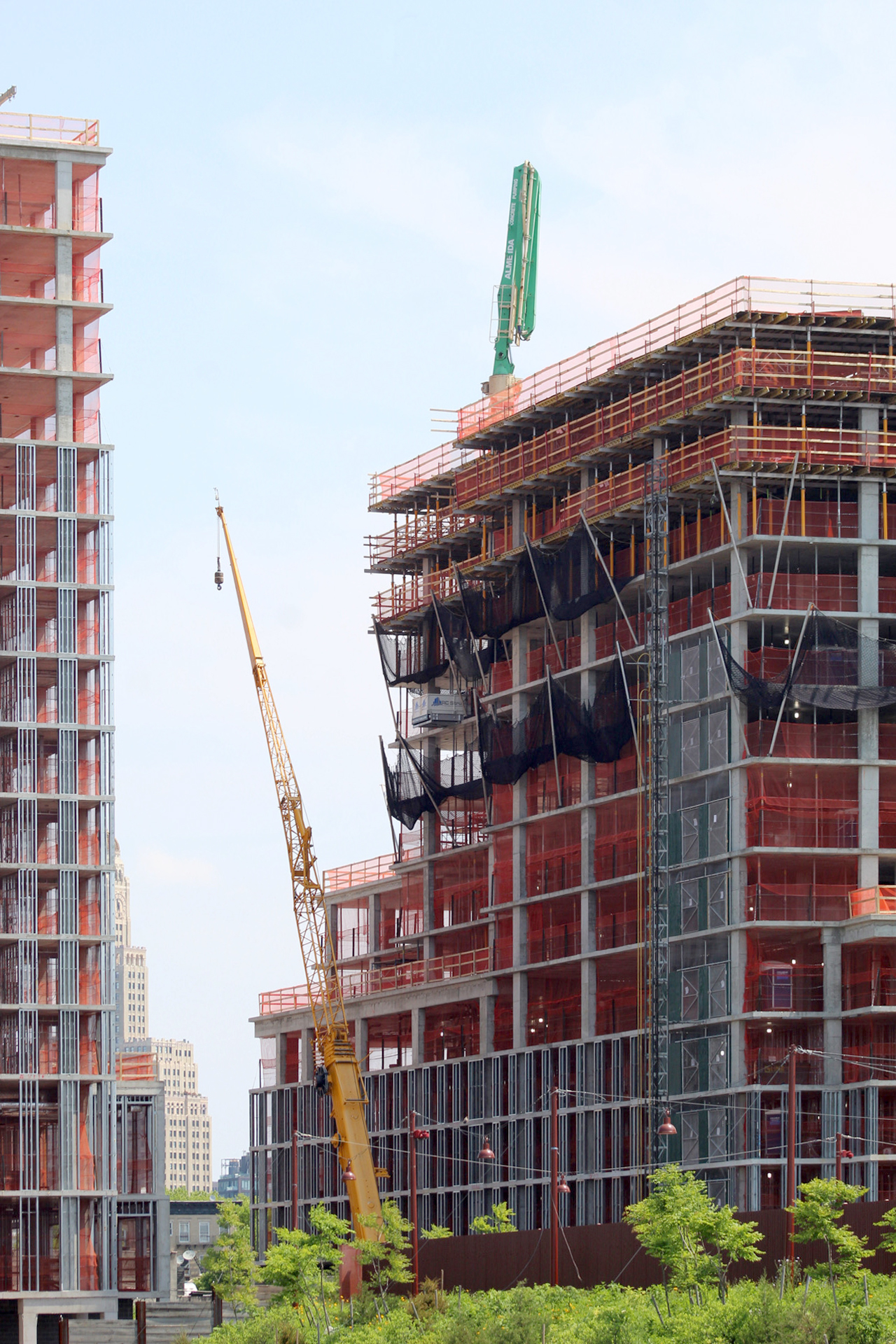
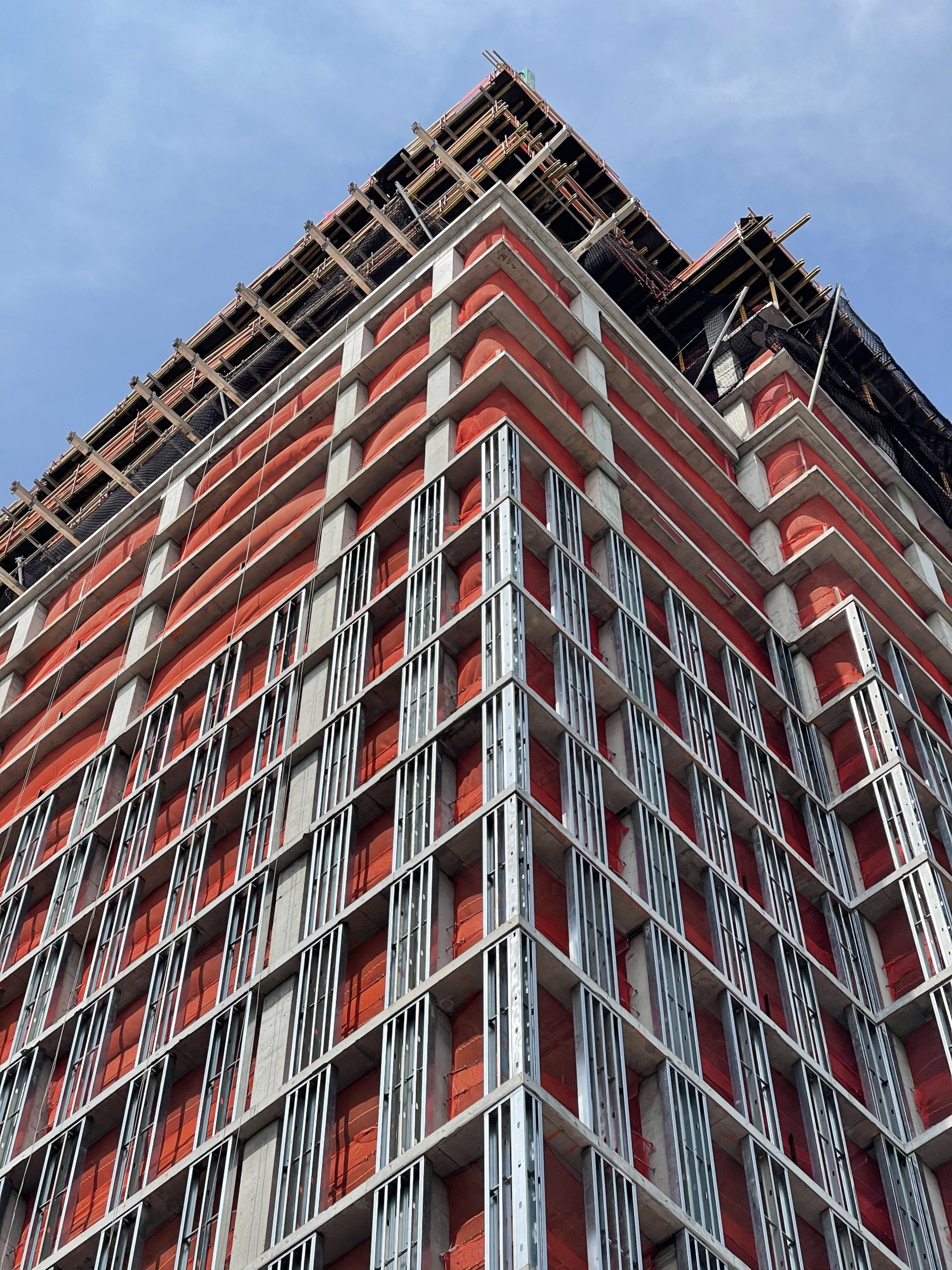
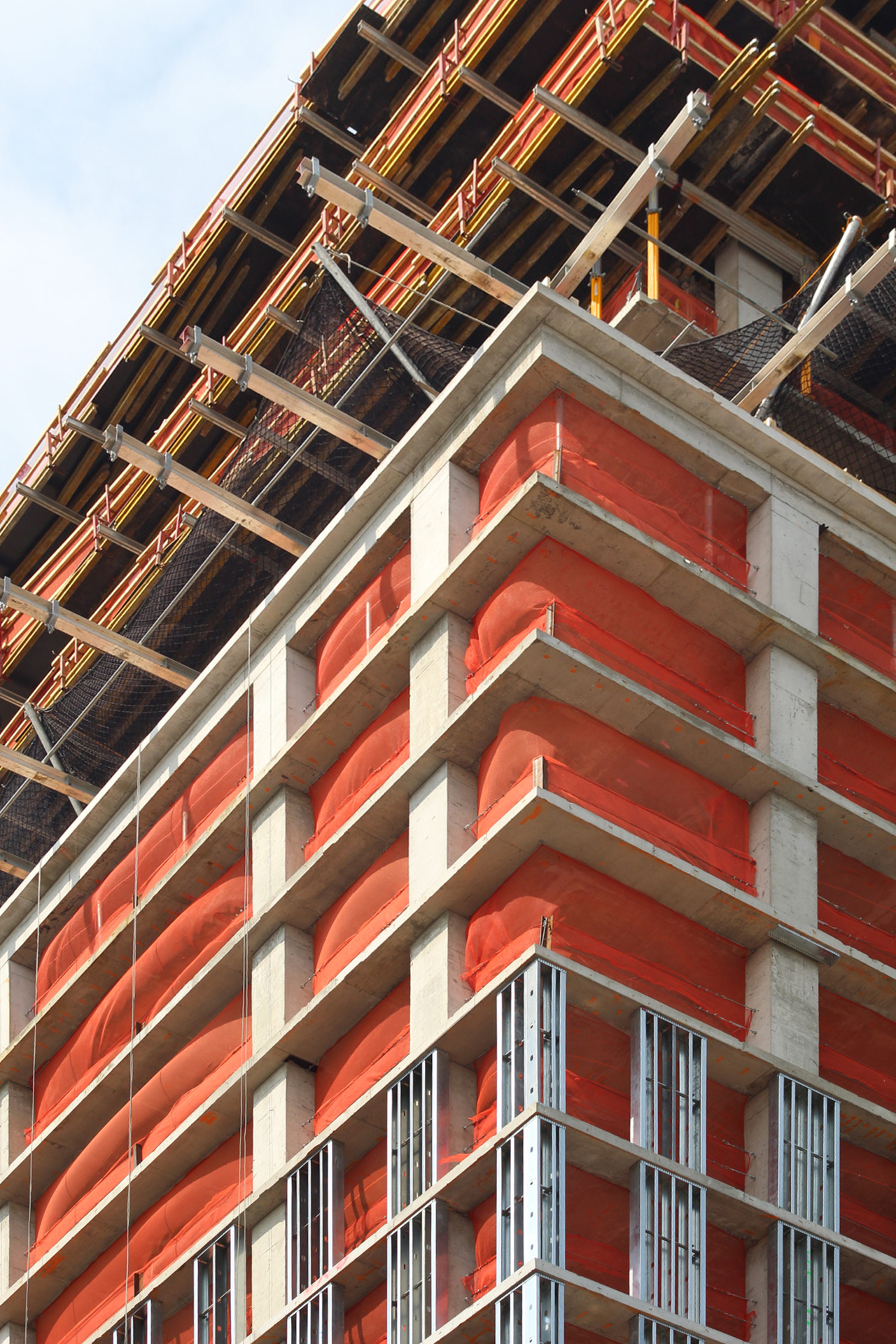
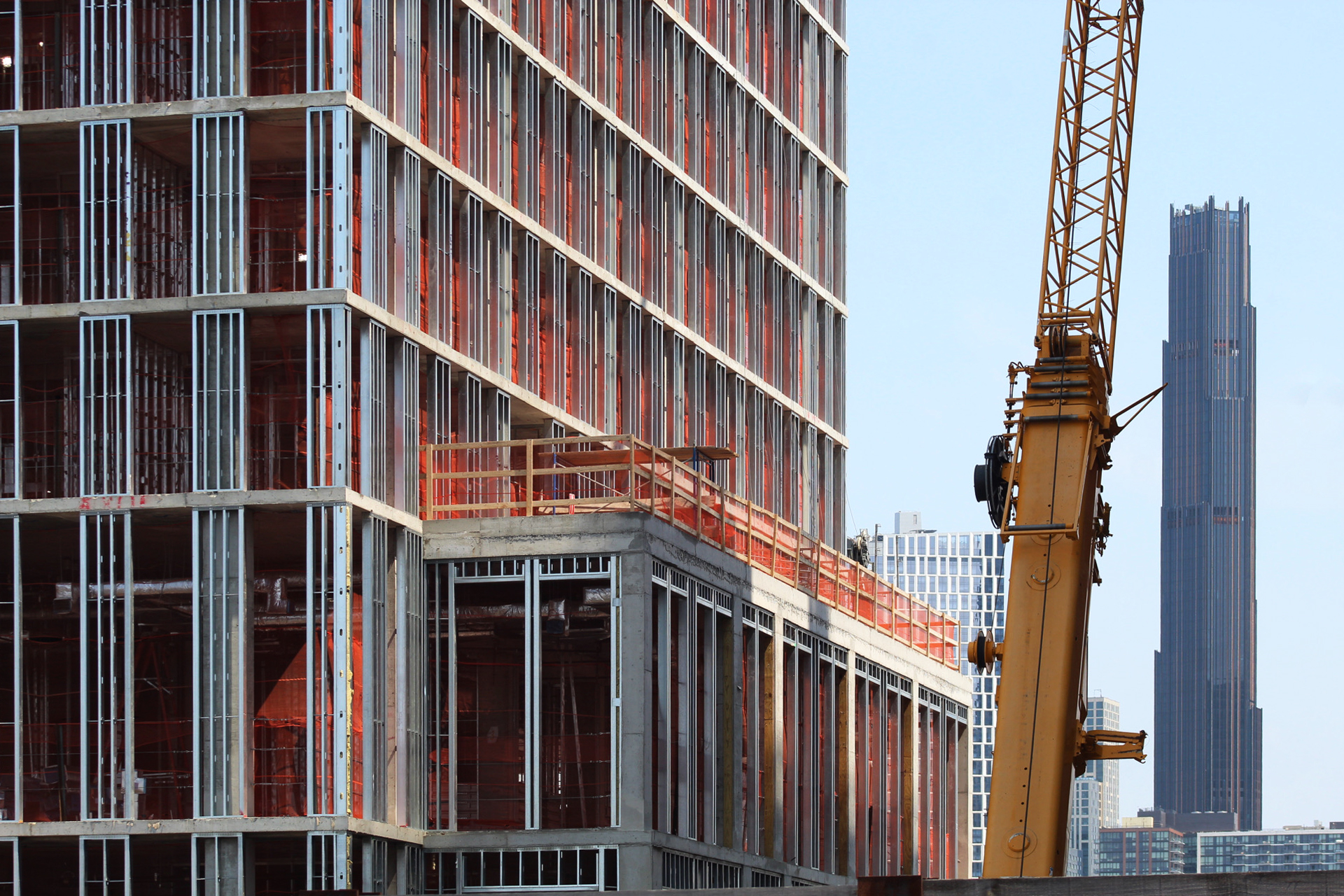

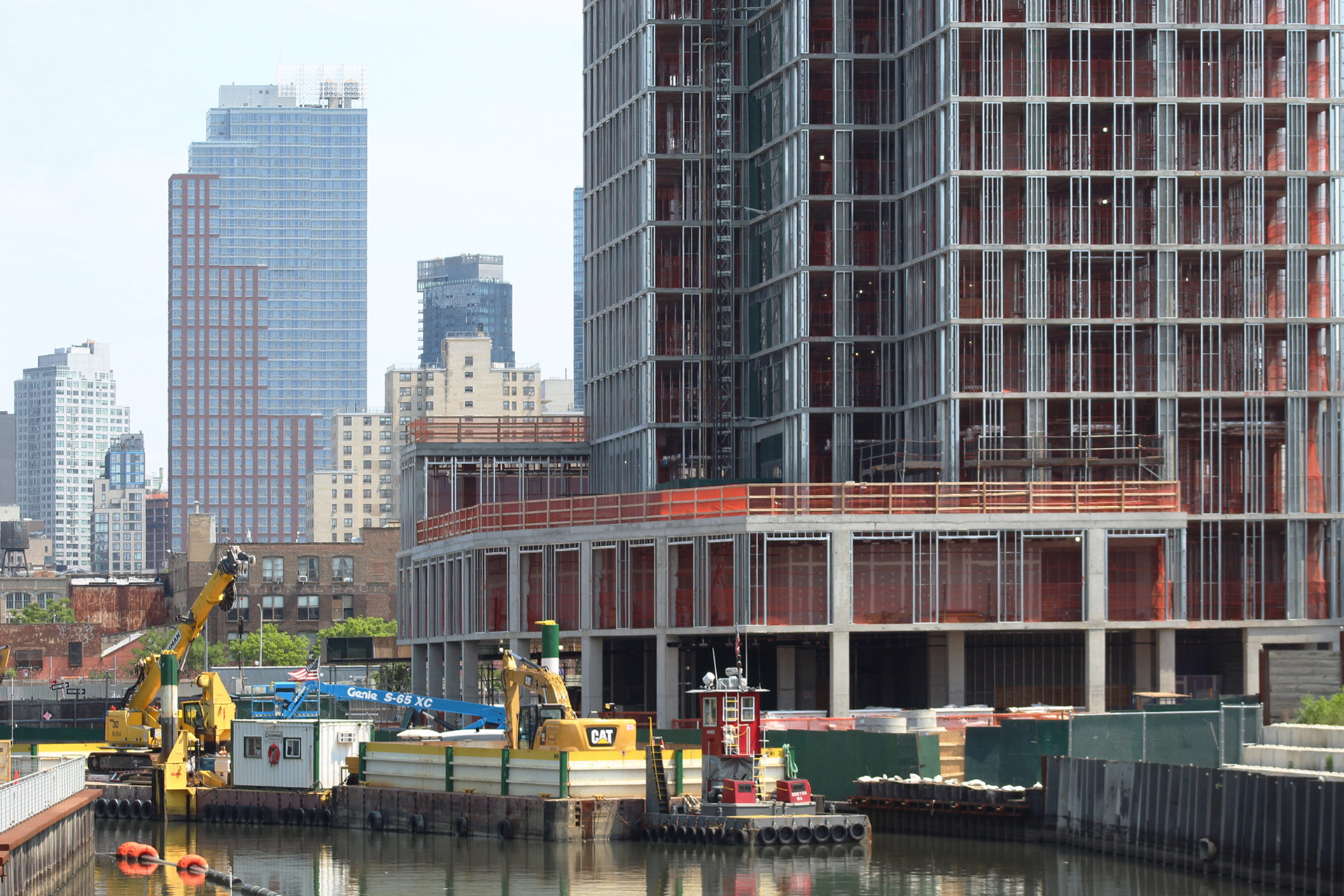
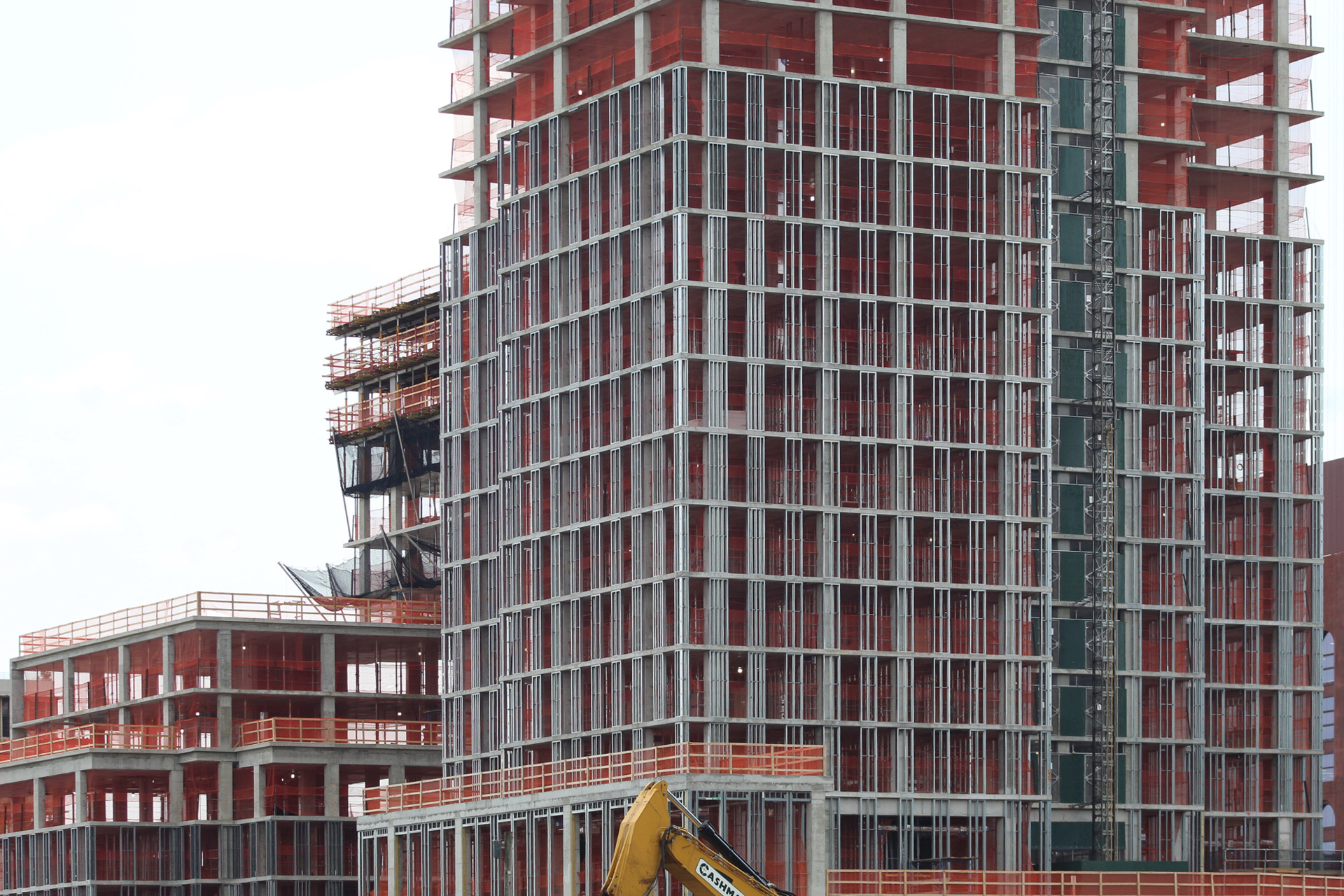
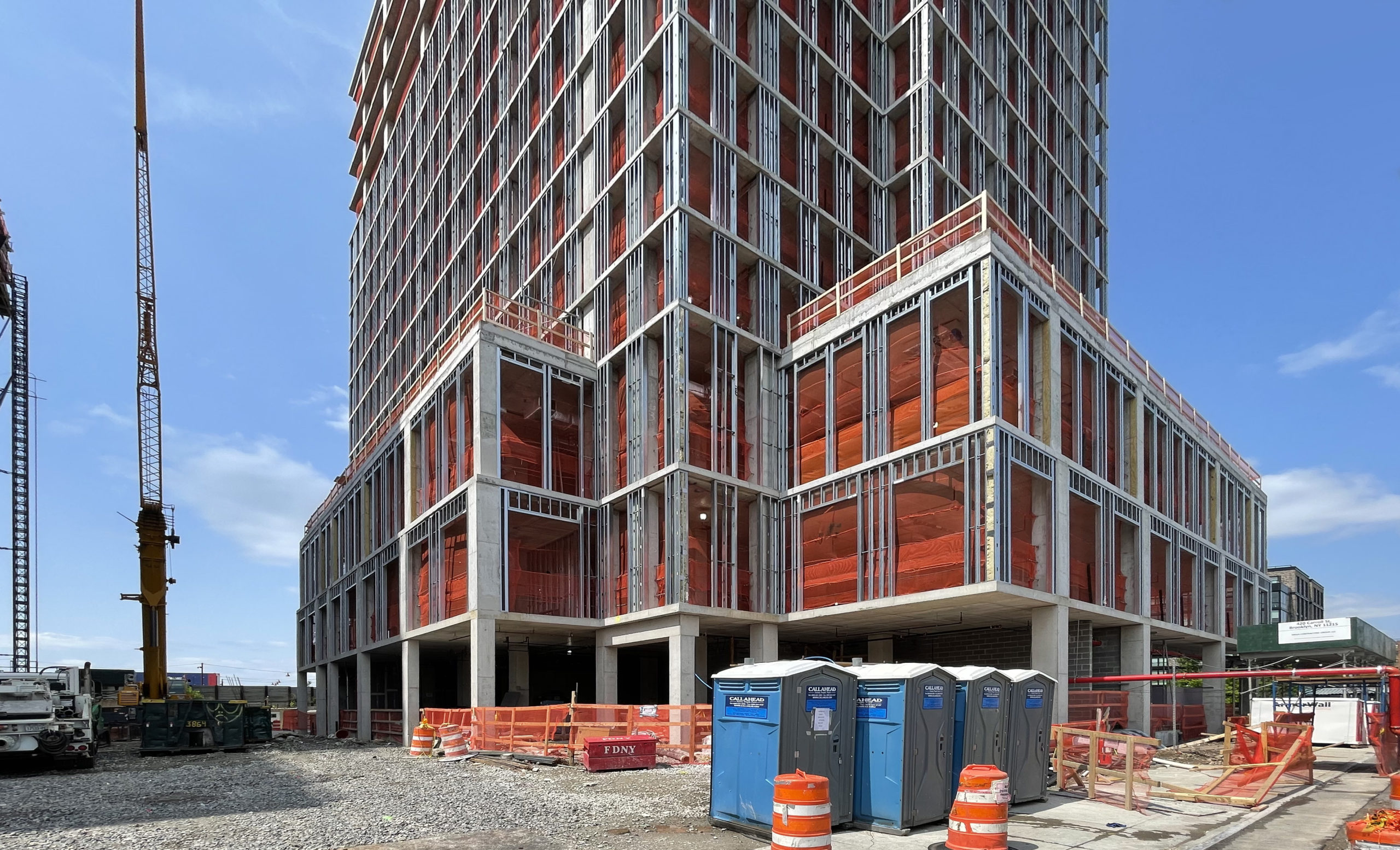
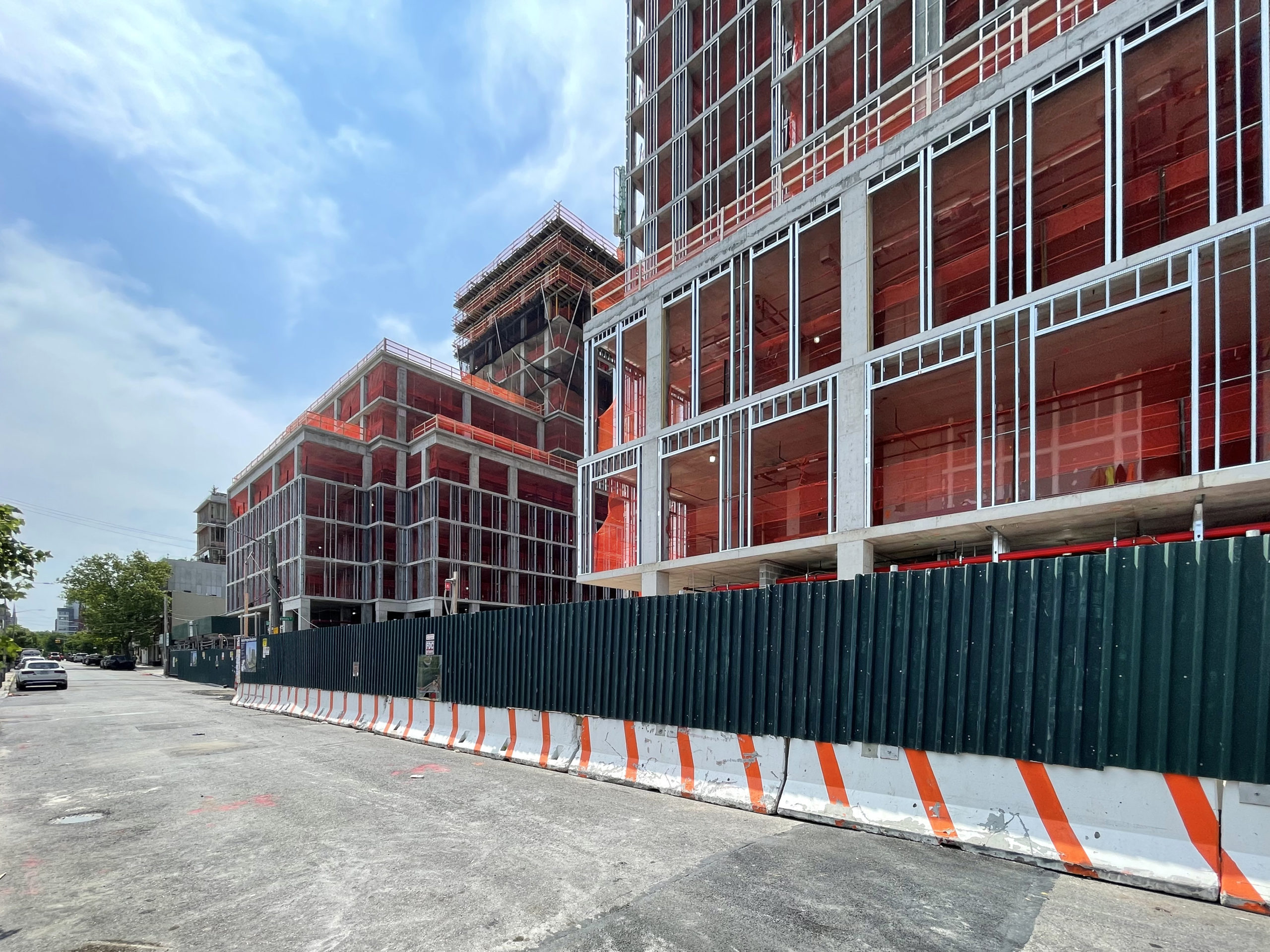

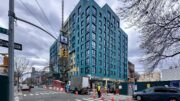


I don’t see any kayakers in the photos. Ahh, the sweet airs of the Gowanus in August.
I feel like they should just cap and fill the canal in. It would solve the issue of contamination and flooding at the same time.
Beautiful design , and bringing affordable units with it!
the buildings will look nice yes, however again, only 25% of affordable housing, which means affordable for high middle income, which if any, a very small amount of low income, and this is how they fix the affordable housing crisis, well off to do neighborhoods, gets the highest incomes units, and plenty of them, high crime and undesirable neighborhoods, gets the low income units, and 100% truly affordable, plenty of them, NYC AFFORDABLE HOUSING SEGREGATION, in full effect
Hey, move to another city. There is complete segregation. No affordable units are mandated.
This is my city, born and raised, maybe you need to move to another city
Gowanus will be the next Greenpoint, can’t wait to see the rise of the neighborhood in the next several years!!!
Gowanus 101
What’s Happening in Gowanus?
The Canal
The Gowanus Canal Was Designated a “Superfund Site”
For over a century, the banks of the Gowanus Canal were line with industry and manufacturing companies, which released their toxic waste into the canal water as well into the ground. In 2010, the federal government identified the Gowanus Canal as one of the most toxic waterways in the entire country. It’s filled with toxins that pose serious public health risks. As a result, it was designated a “Superfund” site, and in 2020, the Environmental Protection Agency began a $1.5 billion cleanup of the canal.
The Land
The Gowanus Neighborhood Has Been Rezoned
In 2021, 82 blocks in Gowanus were changed from mainly industrial use to allowing residential development. The existing industrial buildings being demolished in the neighborhood will soon be replaced by dozens of apartment towers reaching up to 30 stories tall.
Most of the Rezoned Land is Highly Toxic
The vast majority of development sites in Gowanus (see map, below) are filled with cancer-causing toxins due to a century of industrial use, and have been classified by NY State as “Brownfield sites.” Some have toxins as deep as 150 feet.
The Infrastructure
Sewage Frequently Flows Into the Canal
During heavy rains, raw sewage flows into the canal because it exceeds the current sewer system’s capacity. As a result, the EPA has demanded that the City build two enormous “retention” tanks to keep excess sewage from going into the canal.
What’s The Problem?
The Land is Not Being Cleaned Up Fully, Leaving Toxins in the Soil
All of these sites need to be cleaned up before residential buildings can be built. State law requires they be cleaned to “pre-disposal conditions”—as they were before industrial poisoning. However, this is NOT happening. For instance, at some sites, where toxins reach as deep as 150 feet, the State is only calling for developers to clean less than the top 8 feet of contaminated soil.
Toxins Left in the Soil Can Enter Buildings And Threaten Future Residents’ Health
The State itself acknowledges that when certain toxins (“volatile organic compounds” or VOCs) are left in the soil, they can “move into buildings and affect the indoor air quality.”
Rather than remove them entirely, the State has decided that on the development sites, these toxins will be covered, or “capped,” with a slab of concrete. This method of dealing with toxic land, known as creating a “vapor intrusion barrier,” is very risky, and is so unreliable that these sites must be monitored every year, in perpetuity, to ensure that dangerous vapors haven’t penetrated people’s residences.
The Most Deeply-Affordable Housing Is Planned for the Most Seriously Toxic Site
Some of the worst contamination can be found at “Public Place,” a City-owned plot at the corner of Smith and Fifth Streets which for decades housed a manufactured gas plant that created waste known as “coal tar.” Exposure to coal tar has been linked to a variety of cancers. Coal tar at this site has been found to a depth of 150 feet.
The cleanup proposed for this site is woefully inadequate, and only the top 8 feet of soil will be cleaned. It is also the only site in the entire rezone where 100% of the 950 apartments target lower incomes, including units for unhoused individuals and seniors. A school has also been proposed for this site.
Placing the lowest-income residents in danger in this way raises Environmental Justice concerns.
Toxins Are Not Confined To Their Original Sites and Threaten the Health of Existing and Future Residents
Large “plumes” of migrating carcinogenic coal tar have already been found far from their original site in Gowanus, and with flooding and rising groundwater levels from climate change, these and other carcinogens can wind up underneath existing homes and intrude into them.
Fumes from the Toxic Construction Sites Pose a Danger to the Community
The disturbance of the land at these toxic construction sites has caused air monitors to be set off by toxic fumes reaching dangerously high levels, with the community not notified and only discovered after kids in the neighboring playground smelled it and reported it to our electeds.
The Gowanus Canal will be Re-Contaminated With Toxins
Without a full cleanup, toxins from the sites surrounding the canal will seep right back into the canal and re-contaminate it, thereby not only wasting $1.5 billion in taxpayer dollars, but also returning the canal to its dangerously toxic state.
Sewage Retention Tanks Are Not Being Built, and Sewage will continue to flow into the canal—and into our homes
The City is not following the EPA’s timeline to build the required retention tanks, and at this point says that they won’t be complete until after 2030. And the retention tanks are only meant to deal with the current number of residents in the community; they don’t take into account the additional sewage that will be produced by 20,000 planned future residents.
Without the required retention tanks, and given increases in rainfall as a result of climate change, sewage will (and has) backed up into people’s homes.
Guesser –
The retention tanks are being built right now.
Go look for yourself.
Nevins from Butler to Sackett.
NY Post
State environmental officials waited nearly two years to alert the public that cancer-causing vapors over 20 times the amount considered safe escaped from polluted soil along the Gowanus Canal — and into a nearby shuffleboard club.
The Department of Environmental Conservation learned of the alarming levels of toxic vapors in March 2021 while conducting air-quality tests inside Royal Palms Shuffleboard Club — but the hipster haven remained open throughout, since the agency deemed the century-old building was “safe.”
The agency only documented the stunning finding late last year in public records buried on its website.
On Friday, DEC spokeswoman Haley Viccaro admitted to The Post that it could have done a better job alerting locals to the looming health hazard, and “are evaluating potential improvements to enhance this process and ensure this information is clear and informative of these comprehensive, science-based efforts to protect public health.”
he revelations only came to light thanks to the grassroots group Voice of Gowanus, which hired an Ithaca, N.Y.-based environmental database firm, Toxics Targeting, that recently discovered the damning DEC documents.
The records showed March 2021 air levels of the cancer-causing chemical trichloroethylene, an industrial solvent, were nearly 22 times above acceptable levels at the shuffleboard club.
“The DEC in 2021 should’ve put up signs in the club, published public notices in local papers, and sent mail alerts to people in the neighborhood,” said Walter Hang, who heads Toxics Targeting. “All they did was make obscure references in dense technical documents regular citizens wouldn’t know about or can’t decipher.”
you shoudl chage your name to gowanus troller, chill out boomer